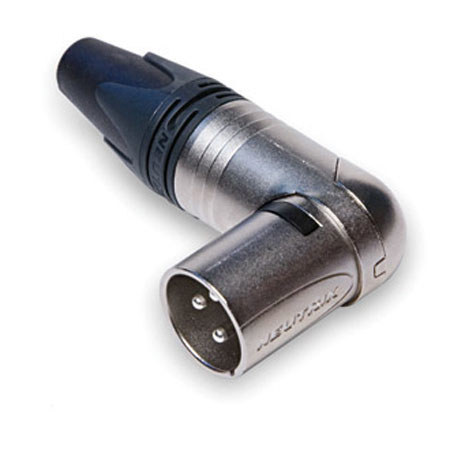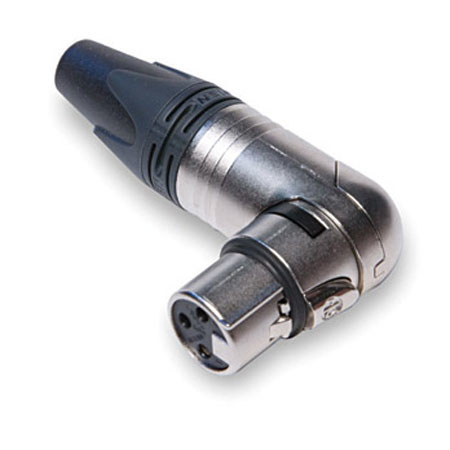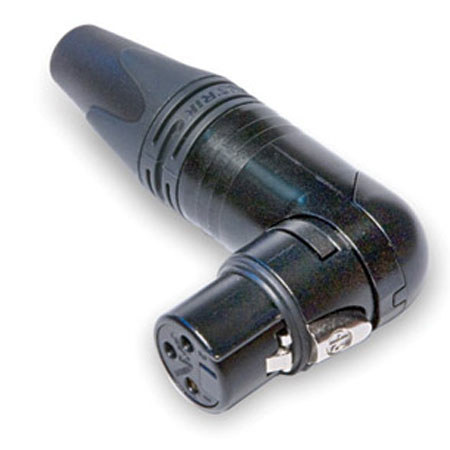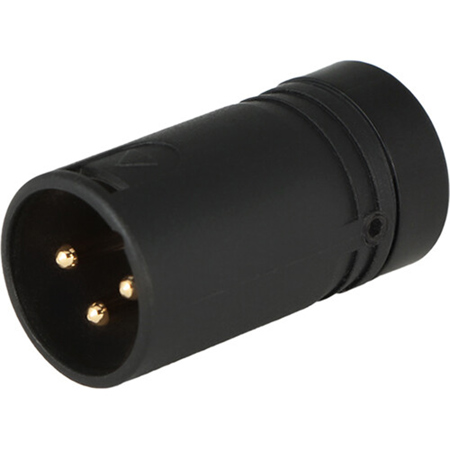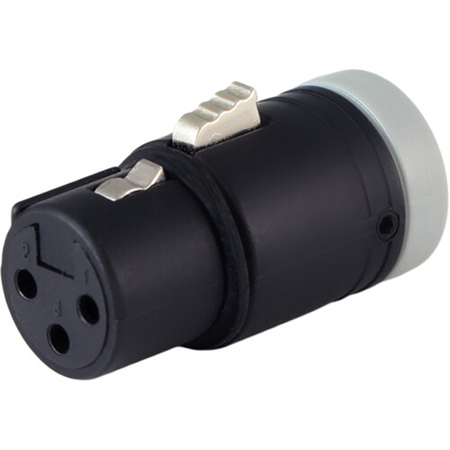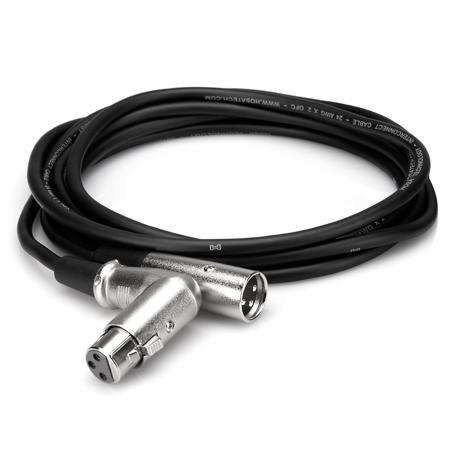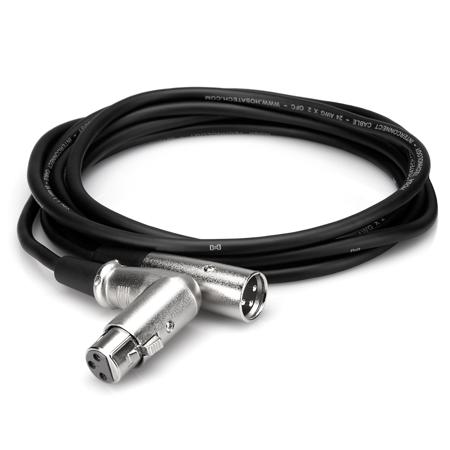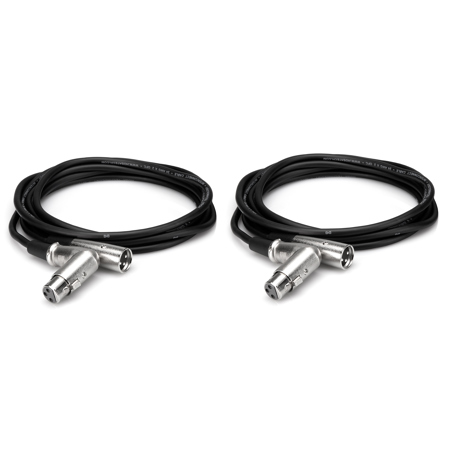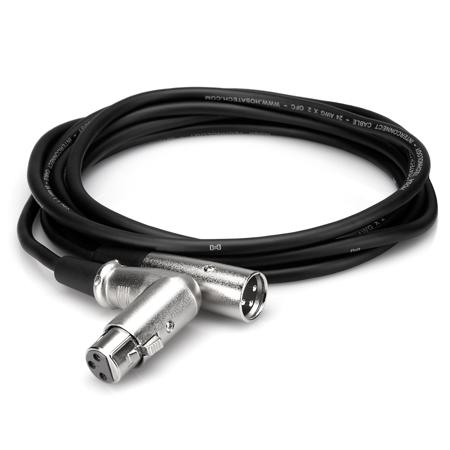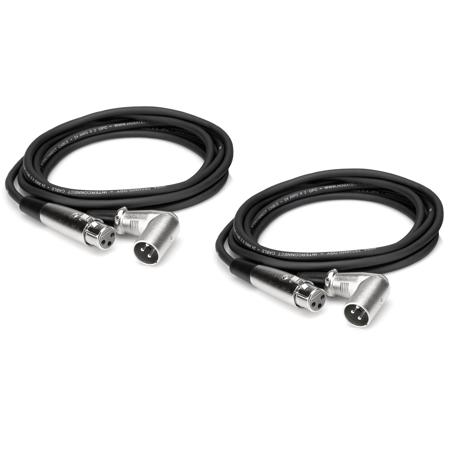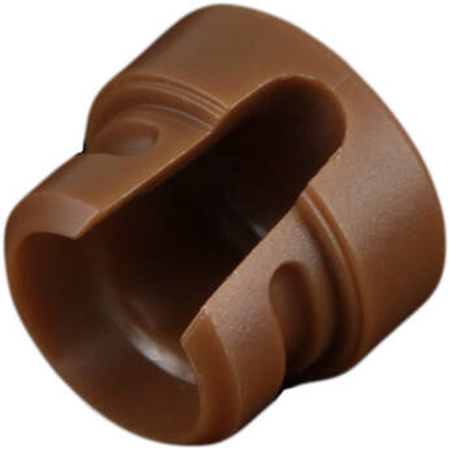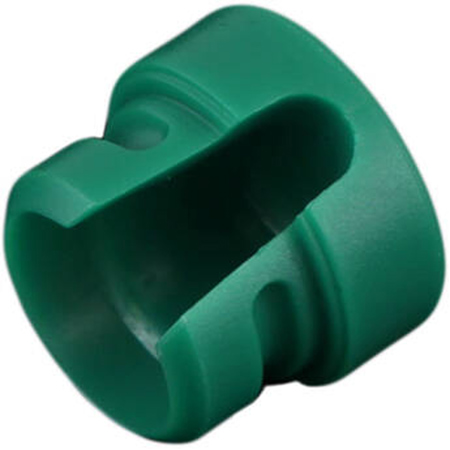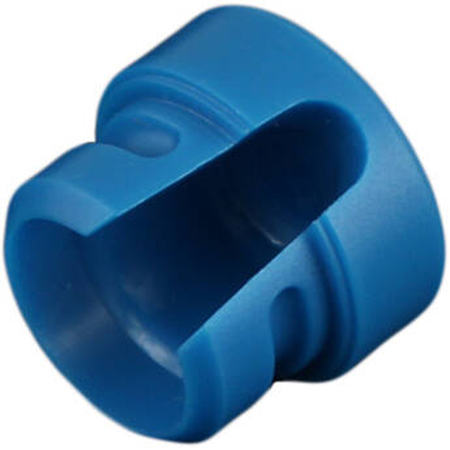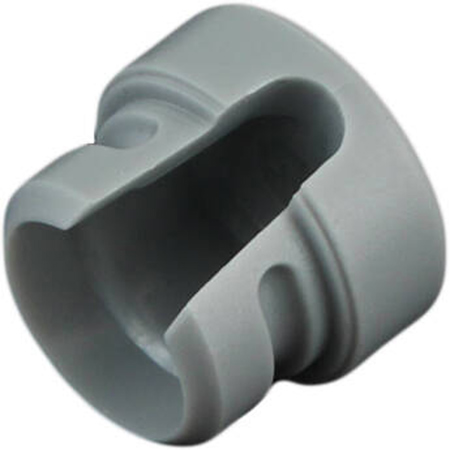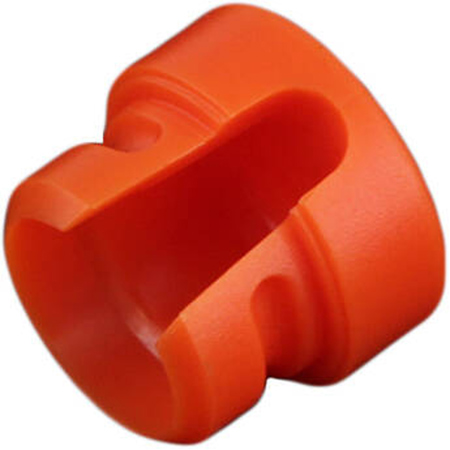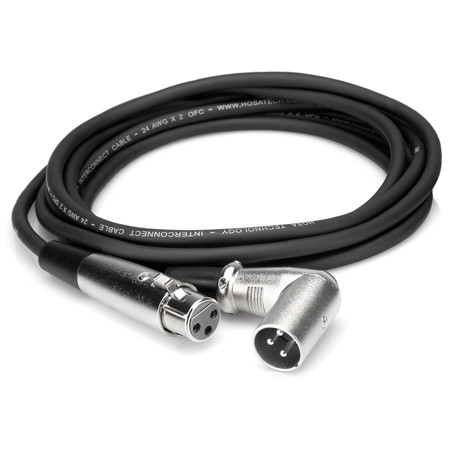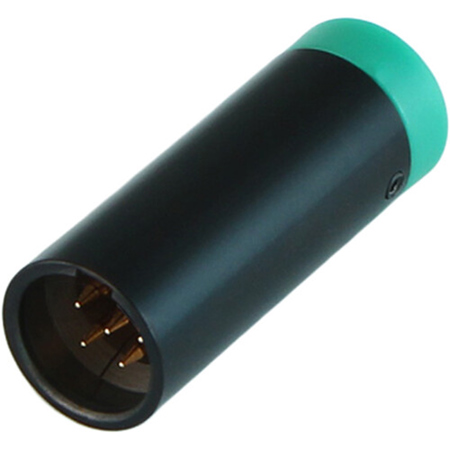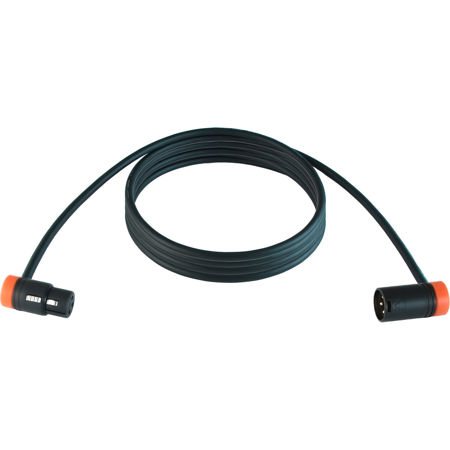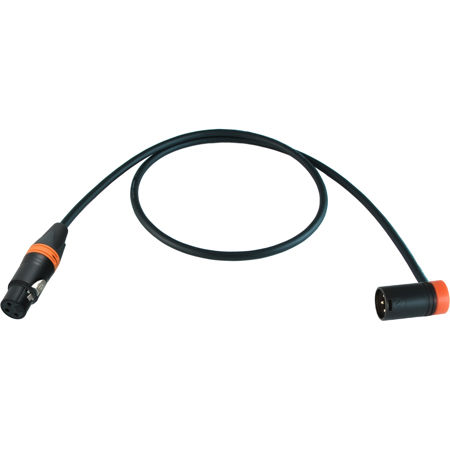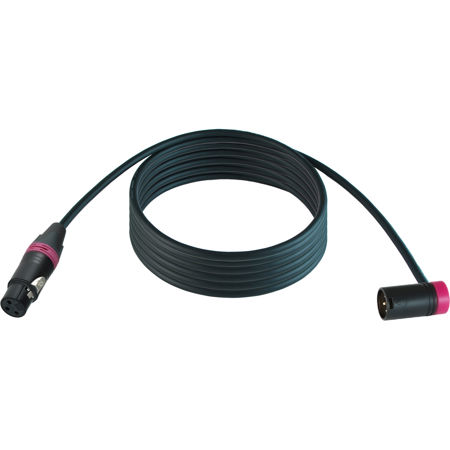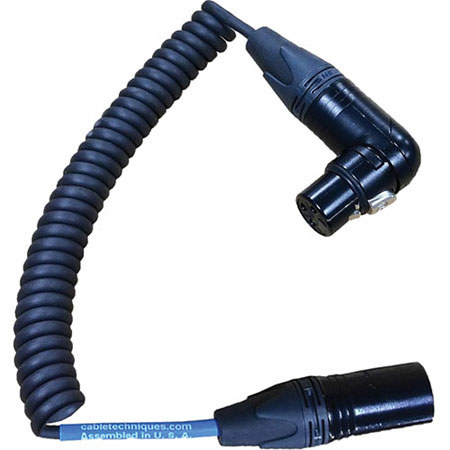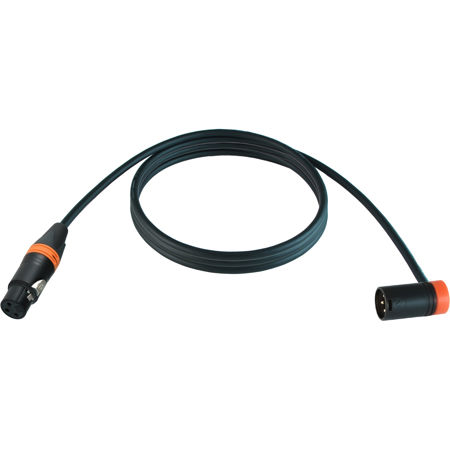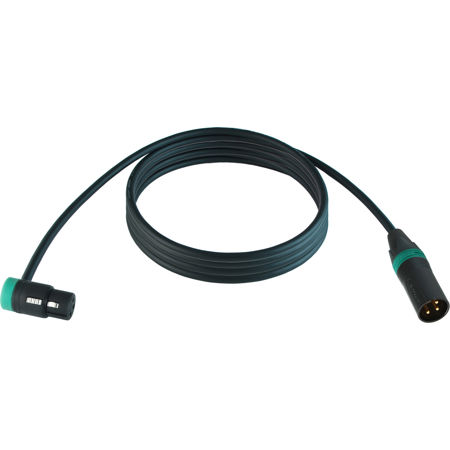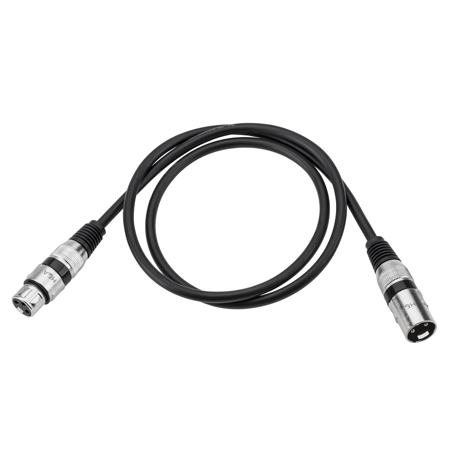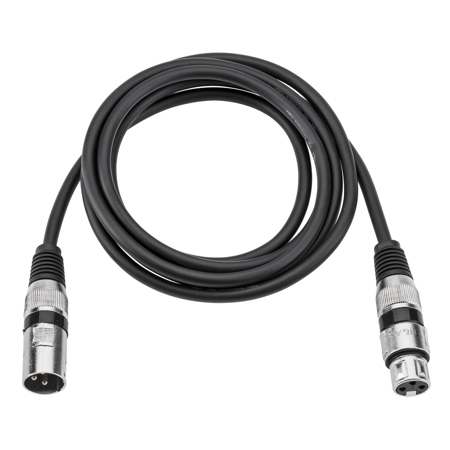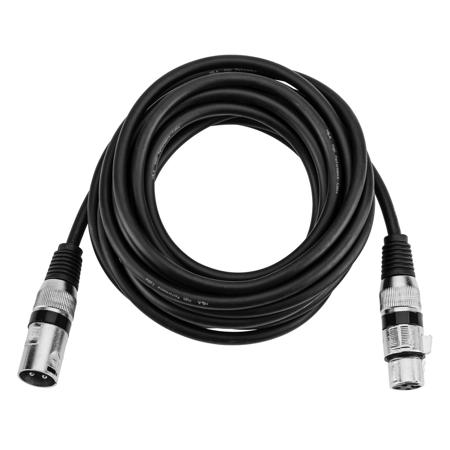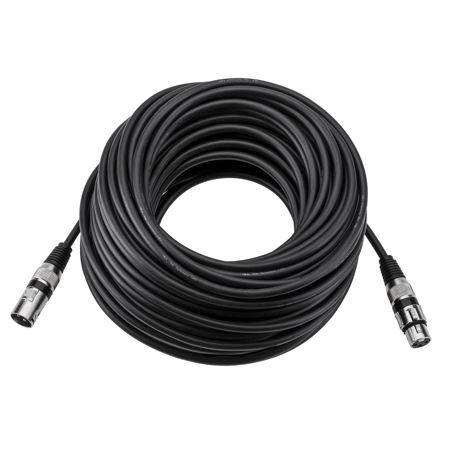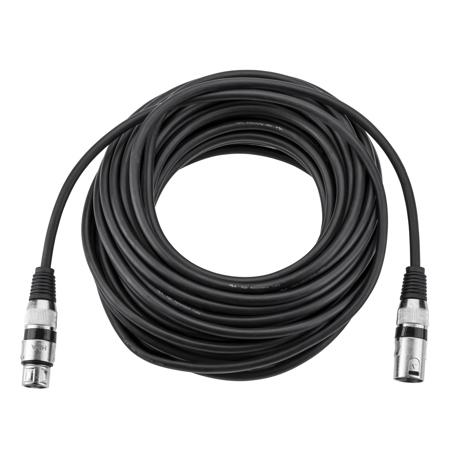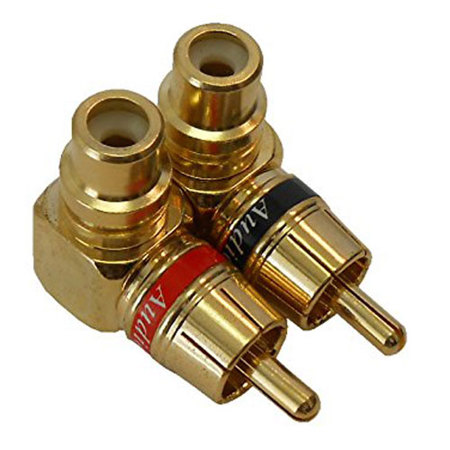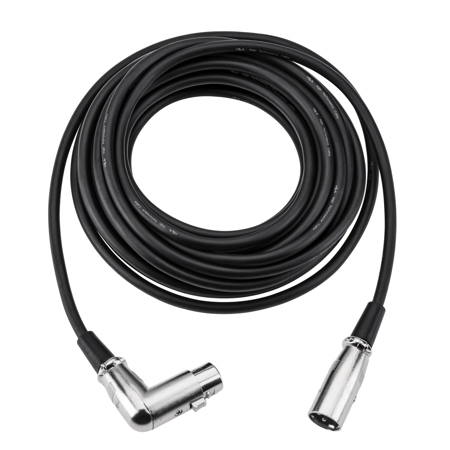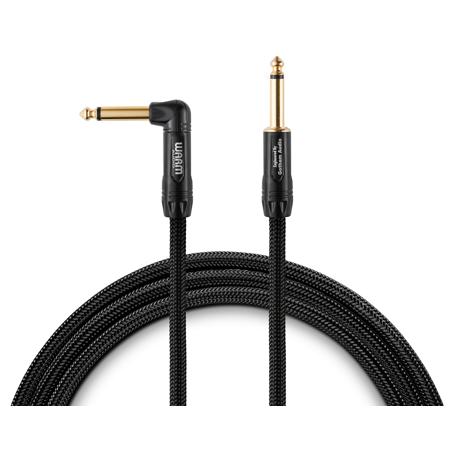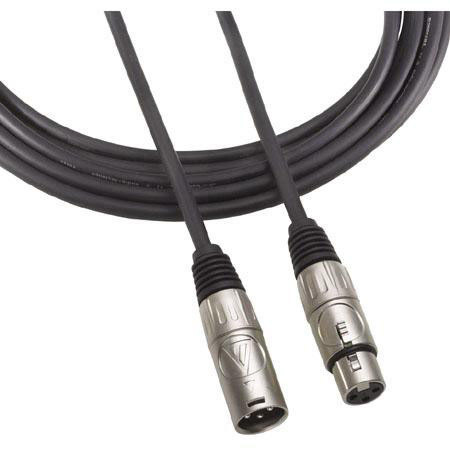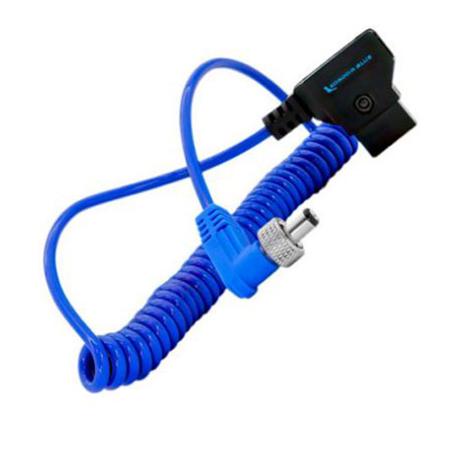Right Angle XLR Connectors
When you’re building or fine-tuning audio setups—whether in a home studio, a live venue, or a broadcast environment—right angle XLR connectors become essential tools in your kit. These connectors are designed to solve the age-old problem of limited space behind gear racks, mixing consoles, or wall panels, where standard straight connectors can be cumbersome or even impossible to use. If you’ve ever tried to patch a microphone into a crowded stage box or snake cables through the tight confines behind a rack-mounted interface, you know how valuable a right angle XLR can be. They allow cables to run neatly and efficiently, hugging the gear instead of jutting out awkwardly, which helps prevent accidental unplugging, cable damage, and unnecessary strain on ports. As the busy season for live events and outdoor performances ramps up in May, these connectors become even more crucial, keeping setups tidy and reliable during quick changes and high-traffic situations.
Right angle XLR connectors are a favorite among sound engineers, musicians, and AV technicians who demand both durability and flexibility from their equipment. They’re especially useful for field recordists and videographers working on location, where every inch of space counts and gear is often packed into bags or mounted onto rigs. In these scenarios, a right angle connector can be the difference between a smooth shoot and a tangled mess. For anyone assembling a home studio or upgrading a rehearsal space, right angle XLRs offer a clean, professional look and help maintain the integrity of your cable runs. They’re also a thoughtful gift for the audio enthusiast in your life, particularly for those who appreciate the finer details that make a setup more efficient and enjoyable to use. Whether you’re wiring up a podcast studio, preparing for festival season, or simply looking to declutter your workspace, these connectors prove their worth time and again.
When selecting right angle XLR connectors, it’s important to consider the specific needs of your workflow. Some connectors offer adjustable angles, allowing you to customize the cable exit direction for even greater flexibility, while others are fixed at a 90-degree bend for maximum compactness. Pay attention to build quality—look for robust metal housings and secure locking mechanisms, as these connectors will often be subjected to repeated use and movement. Gold-plated contacts can help ensure the best signal transfer, minimizing noise and interference, which is especially important in professional audio applications. Compatibility with both male and female XLR jacks is another key factor, as is the ease of soldering or assembling the connector if you plan to build custom cables. If your setup also includes other types of connections, you might want to explore complementary products like Right Angle RCA Connectors to maintain a consistent, low-profile cabling solution across your entire rig. Ultimately, the right choice will depend on your specific application, but investing in quality right angle XLR connectors is a move that pays off in reliability, organization, and peace of mind—qualities every audio professional and enthusiast values, especially as the busy spring and summer event season gets underway.
Right angle XLR connectors are a favorite among sound engineers, musicians, and AV technicians who demand both durability and flexibility from their equipment. They’re especially useful for field recordists and videographers working on location, where every inch of space counts and gear is often packed into bags or mounted onto rigs. In these scenarios, a right angle connector can be the difference between a smooth shoot and a tangled mess. For anyone assembling a home studio or upgrading a rehearsal space, right angle XLRs offer a clean, professional look and help maintain the integrity of your cable runs. They’re also a thoughtful gift for the audio enthusiast in your life, particularly for those who appreciate the finer details that make a setup more efficient and enjoyable to use. Whether you’re wiring up a podcast studio, preparing for festival season, or simply looking to declutter your workspace, these connectors prove their worth time and again.
When selecting right angle XLR connectors, it’s important to consider the specific needs of your workflow. Some connectors offer adjustable angles, allowing you to customize the cable exit direction for even greater flexibility, while others are fixed at a 90-degree bend for maximum compactness. Pay attention to build quality—look for robust metal housings and secure locking mechanisms, as these connectors will often be subjected to repeated use and movement. Gold-plated contacts can help ensure the best signal transfer, minimizing noise and interference, which is especially important in professional audio applications. Compatibility with both male and female XLR jacks is another key factor, as is the ease of soldering or assembling the connector if you plan to build custom cables. If your setup also includes other types of connections, you might want to explore complementary products like Right Angle RCA Connectors to maintain a consistent, low-profile cabling solution across your entire rig. Ultimately, the right choice will depend on your specific application, but investing in quality right angle XLR connectors is a move that pays off in reliability, organization, and peace of mind—qualities every audio professional and enthusiast values, especially as the busy spring and summer event season gets underway.
